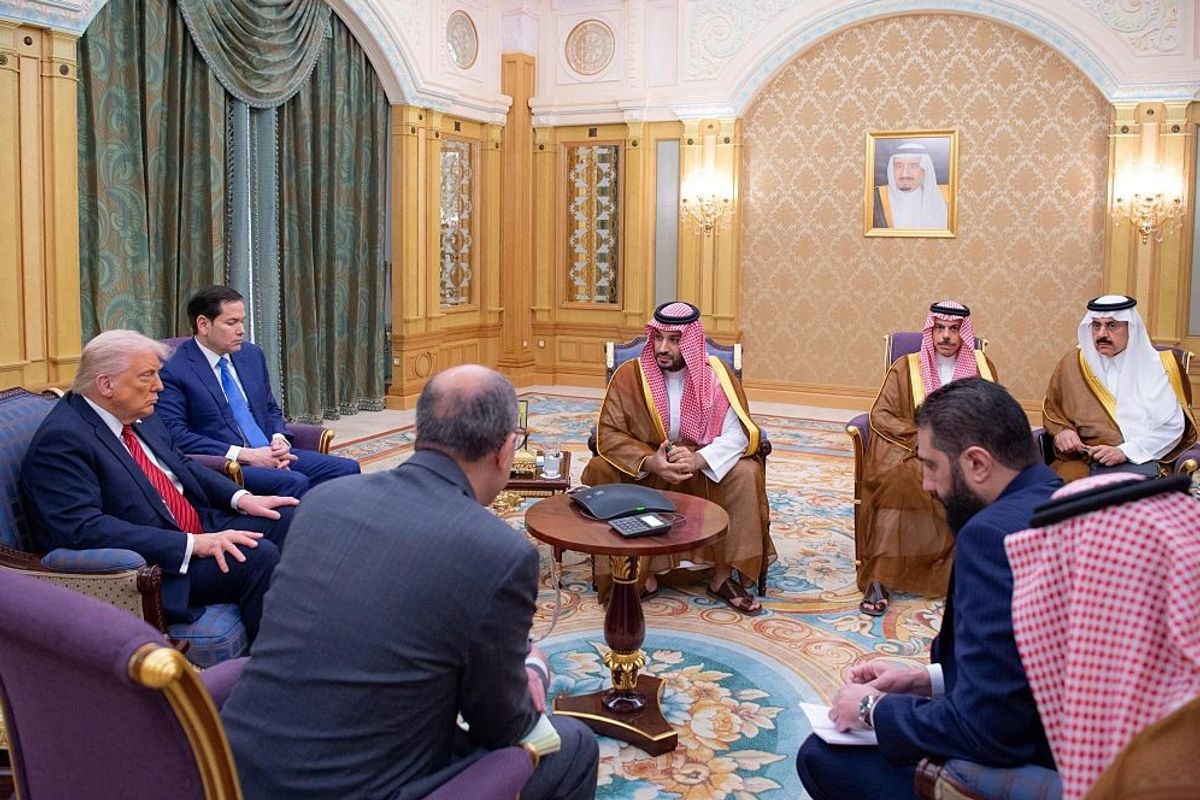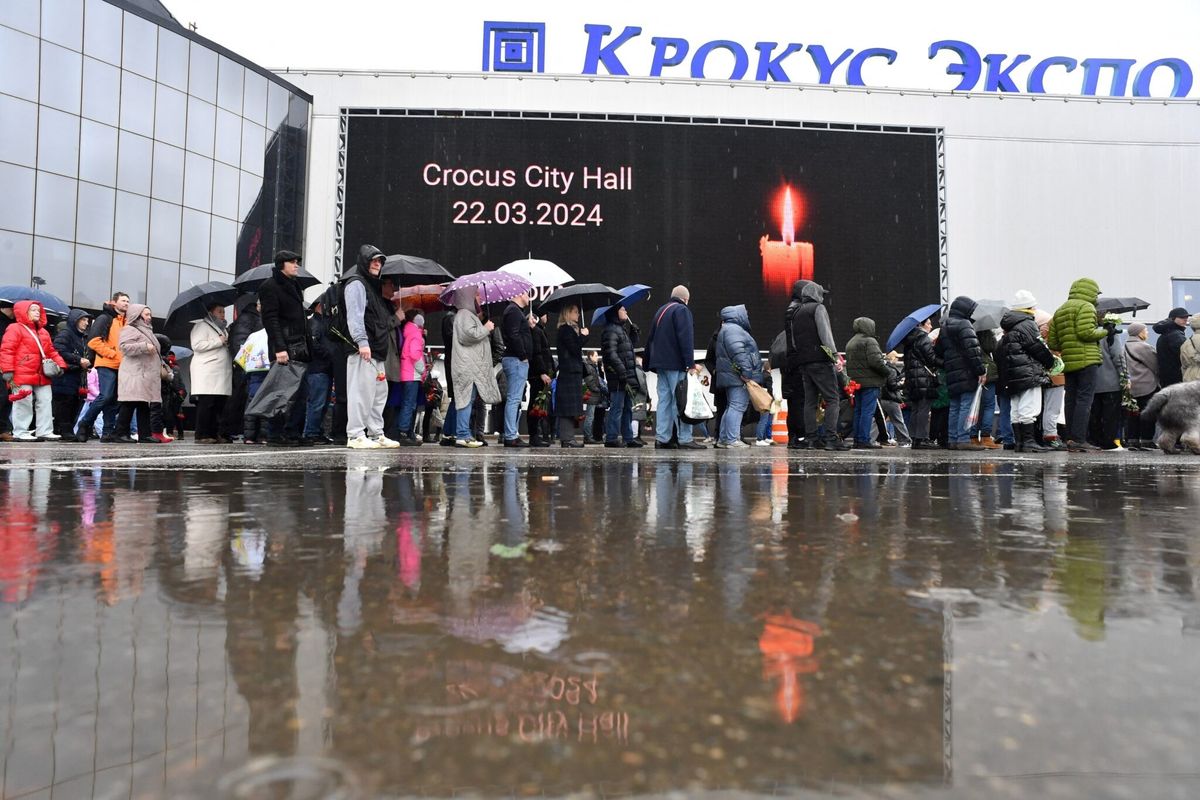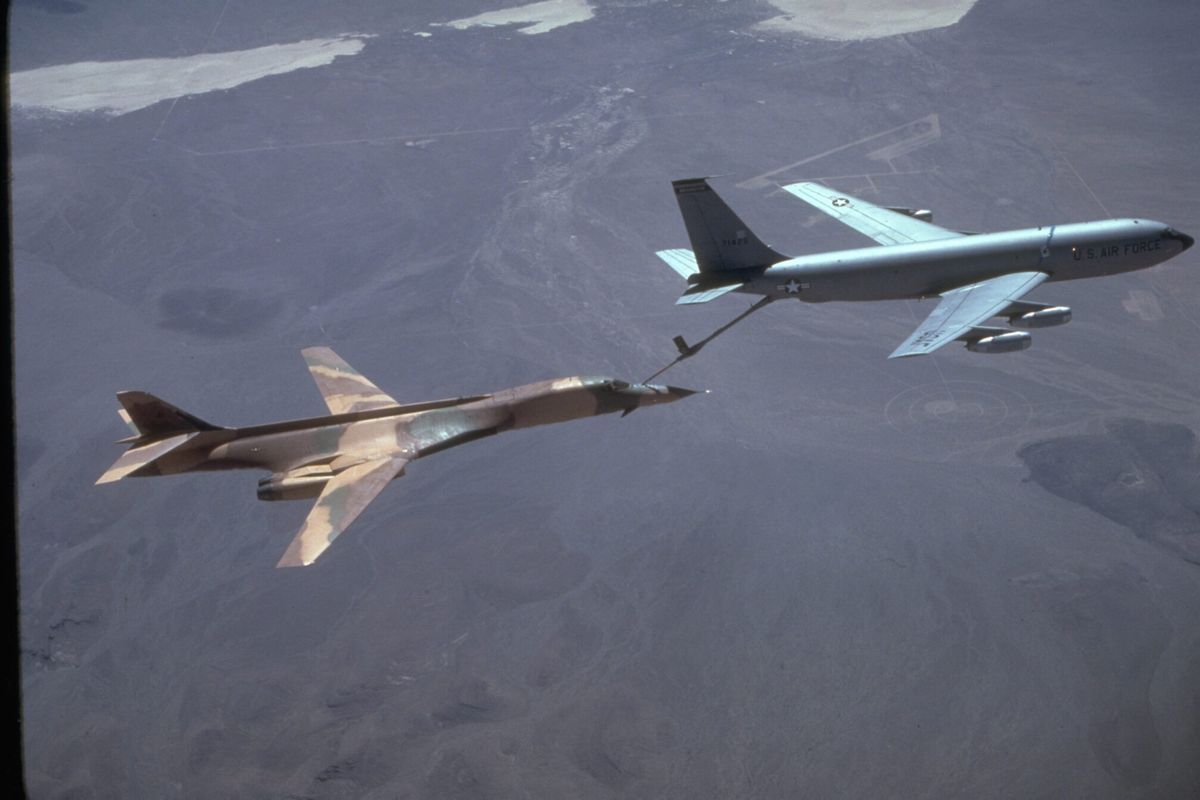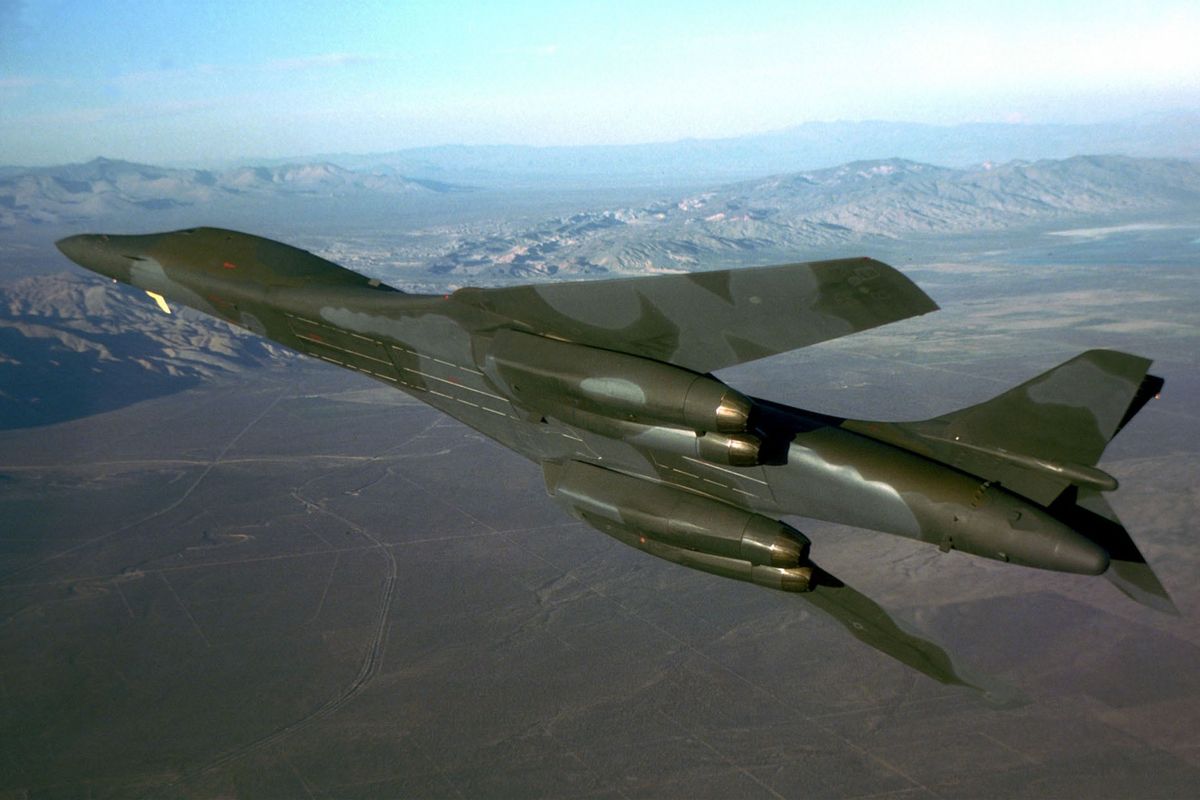As Iraqi forces close in on ISIS fighters stranded in eastern Mosul - the group's last urban bastion in Iraq - U.S.-backed Syrian rebels are simultaneously closing in on Raqqa, the capital of the Islamic State. Supported by coalition weapons, airstrikes, military advisers, and now several hundred U.S. Marines, the U.S-backed Syrian Democratic Forces (SDF) have advanced to within 50 kilometers of Raqqa. However, challenges, both tactical and political, remain ahead. The Cipher Brief’s Fritz Lodge spoke with Aaron Stein, Senior Fellow at the Atlantic Council’s Rafik Hariri Center for the Middle East, to investigate both the make-up of the forces advancing on Raqqa, and the strategic and political hurdles that will need to be overcome to finally eject ISIS from its symbolic capital in Syria.
The Cipher Brief: What is the current status of the U.S.-backed campaign to take Raqqa [Operation Wrath of Euphrates]? Who are the major Syrian and coalition players, and how far has the operation progressed?
Aaron Stein: The campaign to invade Raqqa itself is, of course, on pause until the new administration of U.S. President Donald Trump makes the final decision about how best to assault the city. But the shaping operations going on around the city, for instance cutting off the overland route to Iraq and other resupply routes into and out of Raqqa, is going pretty well. The SDF [Syrian Democratic Forces] have linked up with the Euphrates river in multiple places east of Raqqa, and I suspect that they’re going to consolidate along that river up towards the city itself in the next couple of weeks.
The United States is the main player in northeastern Syria with the Syrian Democratic Forces, of which the main contingent is the YPG [People’s Protection Units] – the militia of the PYD, which is the [Kurdish] Democratic Union Party. They also have a good amount of Arab fighters in the various different subgroups of the SDF, and those Arabs are the ones that get the bulk of U.S. weapons support and training at the moment, because the YPG is linked to the PKK [Kurdistan Worker’s Party], which is listed by the U.S. as a terrorist group because of its insurgent activities in Turkey since 1984.
TCB: Are the Arab elements of the SDF generally leading these operations in the area surrounding Raqqa due to the non-Kurdish ethnic make-up of those areas?
AS: The dominant force is the YPG. They are the most organized, and that’s why they’re so effective when paired with U.S. special operations forces. They are cohesive, coherent, and there is one chain of command coming down from one person in charge. I don’t think there is any doubt that the YPG is the backbone of the SDF. Just like in the rest of Syria, the Arab groups are smaller and fractured, so they are definitely weaker. The SDF may leave areas to these smaller Arab groups, but the PYD likes to consolidate control in places where it’s active, so there is probably still a YPG presence with them.
TCB: As the SDF positions itself for the final assault on Raqqa, what are the major tactical challenges that they face in retaking the city?
AS: The YPG is a sub-state actor going against another well entrenched sub-state actor that has had time to prepare. The debate about Raqqa is about politics, not about tactics. The tactics are straightforward. But the debate about politics has dragged on so much that the assault has been pushed off for about 18 months now. So ISIS is now well aware that this is coming.
Therefore, we will see a sub-state actor [the SDF] working with minimal American oversight to break defenses in an urban area held by another sub-state actor [ISIS] that has proven very good at defending its urban territory, like in Mosul against U.S. forces and in Al Bab against Turkish forces. So this will be a very long and nasty fight. I think once the U.S. commits to the overthrow of Raqqa, the outcome won’t really be in doubt. The questions are, if it bogs down, will there be mission creep on the U.S. side? Will they need to escalate their involvement? And what will you have to give the YPG in order for them to break these defenses? How will that upset relations with Turkey?
TCB: What do you have to give the YPG to succeed and remain committed to U.S. goals in Syria? Especially given the PYD’s larger political goal of uniting the Syrian Kurdish cantons of Afrin and Kobane?
AS: I think the PYD’s larger political goal is to reach a modus vivendi in post-conflict Syria with whatever entity emerges from the Assad side and to get political autonomy as they define it in areas they now control. They want to have a linkage over to Afrin [northwestern Syria], and the regime now has pressure points on them, because they now control the overland route to Afrin, there’s a secondary route that bypasses the city of Al Bab and so in a sense undercuts the Euphrates Shield [Turkish-backed] rebels.
History shows that the PYD and the Syrian regime of President Bashar al Assad do not like each other. The regime has been hostile to Kurds basically since it’s been around, and there has been forced Arabization in many of these places. In fact, Syria only granted Syrian Kurds citizenship very recently. So, the Kurds don’t trust the regime, but nevertheless, they know that they have to keep the regime from bombing them, because from the outset of this conflict, the Kurds have been very clear that they can’t fight a standing army. And they’ve cut deals to prevent that from happening.
Their main goal is to consolidate control over the territories they take, and Raqqa is important for that because victory there will win them international legitimacy as we begin to move into the post-conflict phases in Syria. All this is obviously upsetting to Turkey, because they view this as empowering a terrorist group that they have worked for decades to isolate.
TCB: What are the goals of the Syrian government in relation to Raqqa and the Kurdish PYD? Government forces have made some advances towards Raqqa recently, is there a race for Raqqa in your mind, or is this primarily strategic positioning?
AS: If it’s a race, the PYD is in light speed while everybody else is driving 50 miles per hour. The regime is still 150 kilometers away. They have consolidated south of Al Bab [a city north of Aleppo] but they still have some pretty big hurdles to get over. Now they can move quickly, but the regime throughout this conflict has shown an inability to fight and hold territory on multiple axes. So this is still an open question.
What is not an open question is that the regime will eventually consolidate along the Euphrates river, there’s just nobody else who can do it or could stop them at this point. The rebels are all bottled up, and I don’t think the Kurds are going to want to cross the river, so we’re stuck in the de facto reality that the regime is going to consolidate basically throughout the entire central part of Syria.
This leads us to think, not necessarily of peace, but perhaps of tacit de-escalation by the Syrian regime on multiple fronts. Then you can consolidate what is essentially the status quo. You see this already in two different places, where the Turks and the regime came together around Al Bab and on the outskirts of Manbij, where the regime cut a deal with the SDF and YPG, along with Russia, to occupy positions along the west of Manbij and prevent a full-on assault by Turkish forces into that city.
TCB: Can you describe the dynamic in the areas around Manbij and the respective goals of the Turks, their allied “Euphrates Shield” rebels, the SDF, Kurdish PYD, and of course the Russians, Syrian government forces, and U.S. troops who have all now entered that area?
AS: The story of Manbij goes all the way back to 2013-2014, and the question then was how do you close that strip of territory from the Euphrates river down to Azaz and then all the way to Al Bab? All the efforts like train and equip, and talk of using Turkish forces, all these things basically fell apart due in no small part to over-expectations on the U.S. side about the expected performance of rebel groups in the area, and probably some bureaucratic mismanagement. The Russians got a vote when they decided to enter the conflict as definitively as they did, and you ended up with the decision to send Kurds west of the Euphrates river into Manbij.
That was the time when the United States told Turkey, we have to do this and we have to do it now. We can’t wait any longer, so swallow it and get out of our way. This came after years of negotiations about closing this pocket, mind you, but there is little doubt that some in Washington were giving Ankara the finger. Ultimately, that resulted in the Turkish Euphrates Shield operation, which has captured a swathe of northern Syria. Now, the U.S. needs to consolidate SDF control inside of Manbij, not because the U.S. really cares who’s in charge of Manbij, but because a Turkish assault on Manbij would divert forces from the expected SDF ground campaign in Raqqa.
Russia, for its part, played a wonderful game here, they’re smart actors. They don’t care who’s in Manbij, and they have their own vested interest in the U.S. consolidating positions in northeast Syria, because they have to know that the regime is too weak to get to Raqqa anytime soon. And if the U.S. can take Raqqa, that’s when you can begin to solidify areas of de facto mutual cooperation with the United States, which is probably going to be joint bombing of ISIS around Dier al Zour. Right now, we’re sort of pretending we don’t cooperate – we actually don’t cooperate because it’s against the law – but as a result of de-confliction in the area, we are hitting the same targets in the same or adjoining kill boxes. You can imagine a scenario with this administration where this could become a potential tool for Moscow to achieve its own ends in Syria, which is basically to ensure regime stability and survival.
The Turks have helped them here. The Astana process and the evacuation of east Aleppo have essentially invalidated the Geneva communique of 2012, which is thus no longer a point of leverage with the regime and its backers to force Assad to make concessions. From the Turkish point of view, once you lose that leverage and your rebels are bottled in – and in Idlib Al Qaeda is devouring the insurgency – you begin to reach an endpoint where Bashar al Assad is going to stay and your forces have no more real estate to expand into.
TCB: What is the Trump administration thinking right now in terms of its near and medium-term goals in Syria?
AS: They are facing the same inherent problems in involving oneself in a civil conflict in somebody else’s country that the Obama administration did, which is keeping a narrow, light footprint, counterterrorism-focused approach that is wholly dependent on a sub-state actor (the PYD) that is anathema to a NATO ally (Turkey). Trying to thread that needle is damn near impossible, so they are drawing out the debate about Raqqa. It’s not about how to take Raqqa, because there is really only one force that could do it unless you use a large number of U.S. troops. It’s about what to do with Raqqa afterwards, and how do you then manage the Turks so that they don’t escalate the conflict? Ankara, remember, still has tools it could use to delay a ground offensive. They could run tanks into Tel Abyad or train rival forces that can harass the YPG along vulnerable flanks near the border.
It’s just that dichotomy of managing relations between a ground force you need right now and an ally you will need later for something that none of us can foresee. The Trump administration is also trying to curtail response options around domestic Turkish politics – the April 16 constitutional referendum in Turkey. I imagine the scenario will go: referendum, and presuming Erdogan gets his yes vote, some sort of meeting between President Erdogan and President Trump, and then you wrap the decision to go into Raqqa with the Kurdish YPG into congratulations to Erdogan on the vote, with the caveat that when the operation is over, Washington will not recognize a Kurdish state. Oh, and by the way, we will help you de-escalate this Euphrates Shield-controlled buffer zone that you have been trying to create along your border.
TCB: Do you think that’s acceptable to Turkey?
AS: No. A lot of this is an exercise in futility. The Turks are going to be extremely upset no matter what we do. The only thing that may save us is that the YPG is going to be completely chewed up inside Raqqa. They will lose a lot of fighters and probably emerge out of this as a weaker actor. But the writing is on the wall for an outcome in Syria that is really against Turkish self-defined national security interests.
TCB: Because the PYD/YPG will still hold a large chunk of territory along the Turkish border even if they are chewed up in Raqqa?
AS: Oh, huge. They’ll be the largest landowner in Syria besides the regime. And the U.S. will want them to push even farther south into the Euphrates valley.
TCB: Last thoughts?
AS: The situation is so inherently complex because the U.S. is conducting an unconventional warfare campaign against an illegitimate government, which is parasitic to the accepted government in Damascus that has killed hundreds of thousands of its own people. The whole situation is insane. Nobody has a strategy: The Turks, the Iranians, the U.S., the opposition, the government, even the Kurds. Nobody has a viable strategy that could outlast the next five years.












